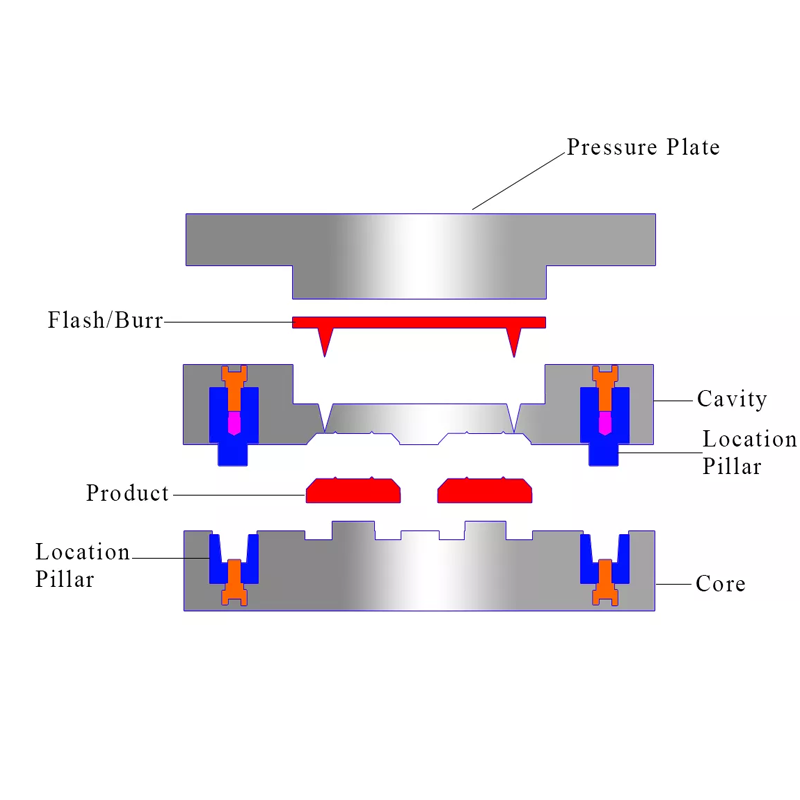Transfer molding represents a sophisticated manufacturing technique that effectively bridges the gap between injection molding and compression molding. This process is particularly beneficial in industries such as electronics and polymers, where the production of highly accurate and high-quality components is essential. In this article, we will explore the mechanics of transfer molding, highlight its advantages, compare it to alternative methods, and discuss its broad applications across various sectors. Additionally, we will examine how Silfusion plays a pivotal role in optimizing this manufacturing process.
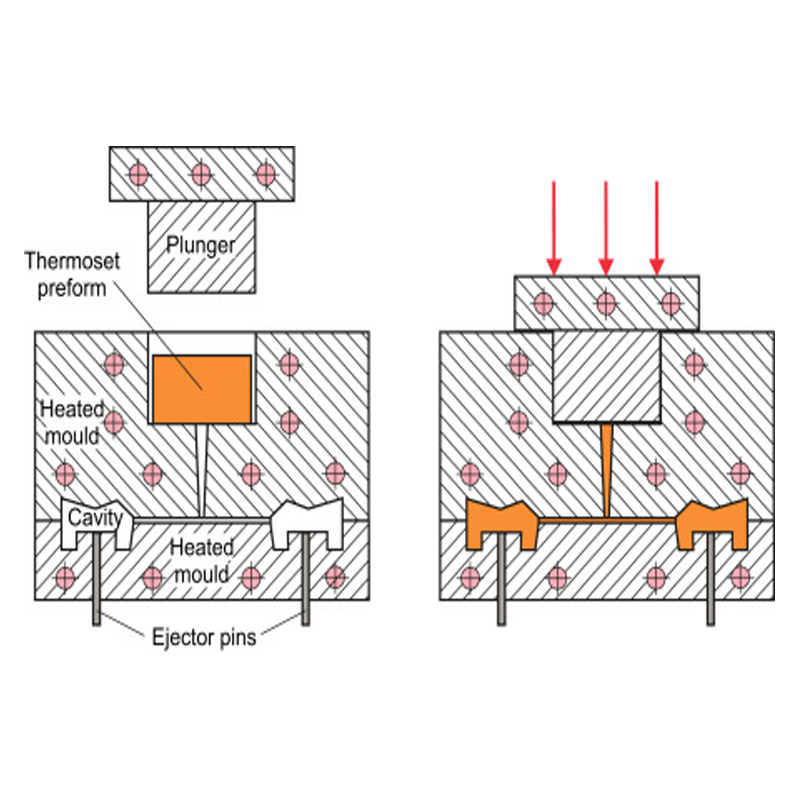
The Mechanics of Transfer Molding
Transfer molding is engineered for the precise creation of intricate shapes, and its procedure can be categorized into several distinct phases:
-
Material Preparation
The process begins with the careful preparation of a predetermined quantity of thermosetting material, typically in a solid or semi-solid form, which is loaded into the transfer pot. This material is crucial, as it forms the basis of the final component.
-
Heating the Material
The thermosetting material is then heated to a malleable state without reaching the point of liquefaction. This step is essential, as it facilitates the subsequent material transfer under pressure.
-
Material Transfer
Using a plunger, the pliable material is pressed into the mold cavity through strategically designed runners and sprues. This action ensures that the material completely fills every detail of the mold, resulting in an accurate representation of the intended part.
-
Curing Process
Once the material is introduced into the mold, additional heat and pressure are applied, initiating a chemical reaction that cures and solidifies the material. The duration of this curing phase varies based on the specific material properties and the complexity of the part being produced.
-
Ejection of the Finished Part
Following the curing phase, the mold is opened, and the finished part is ejected using ejector pins. Any excess material, known as flash, is trimmed away to ensure a clean and professional finish.
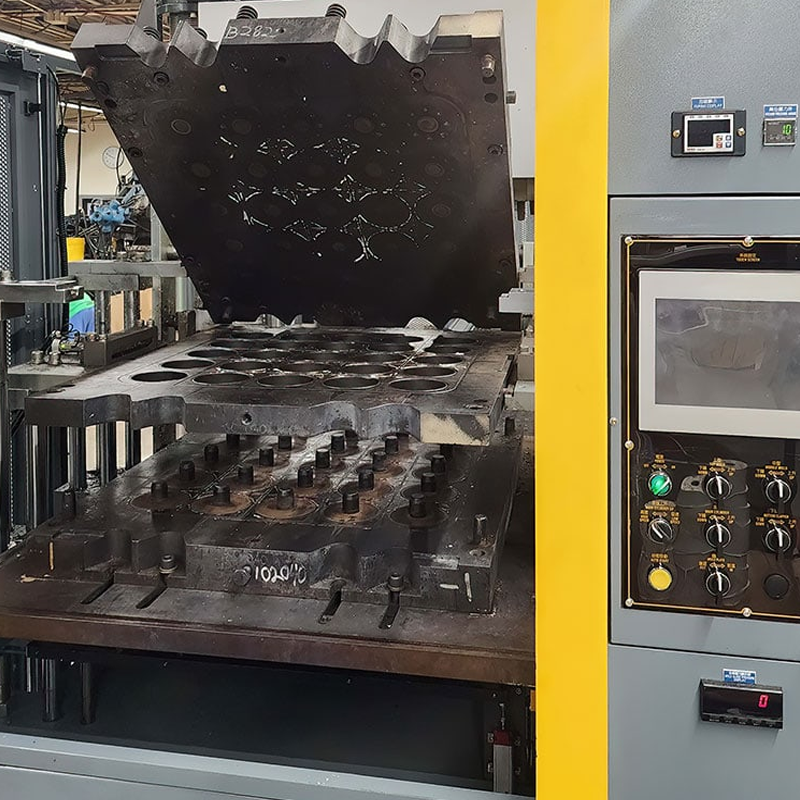
Essential Components of Transfer Molding
The success of transfer molding is reliant on several critical components:
– Molds: Typically constructed from high-strength materials like steel or aluminum, molds are intricately designed to create the negative space of the desired part. Incorporating features such as heating and cooling channels is vital to regulate temperature during the curing process, ensuring both material integrity and dimensional accuracy.
– Transfer Pot and Plunger: The transfer pot is responsible for holding the heated material, while the plunger generates the necessary pressure to move the material into the mold cavity. Both components must be manufactured from durable materials to withstand operational wear and resist corrosion.
– Heating System: A well-designed heating system guarantees uniform heating of the material within the transfer pot, facilitating optimal flow characteristics. Advanced temperature control systems play a crucial role in maintaining consistent conditions throughout the molding process.
– Runners and Gates: These channels are designed to guide the material from the transfer pot into the mold. Their design is pivotal for minimizing waste and ensuring effective material flow.
– Discharge Mechanism: Once the curing process is complete, the cured part must be carefully removed from the mold. Ejector pins are strategically positioned to facilitate this process and prevent damage to the part during ejection.
– Release Agents: Often applied to the mold surfaces, release agents facilitate the easy removal of the finished part and enhance the longevity of the molds.
Advantages of Transfer Molding
Transfer molding offers several key advantages that make it a preferred manufacturing method for many companies:
– Precision and Complexity: This technique excels in producing complex geometries with tight tolerances, making it particularly suitable for applications in sectors such as electronics and automotive, where precision is non-negotiable.
– Exceptional Surface Finish: Parts manufactured via transfer molding often exhibit superior surface quality. The controlled heating and pressure ensure that the material closely conforms to the mold, minimizing surface imperfections and reducing the need for extensive post-processing.
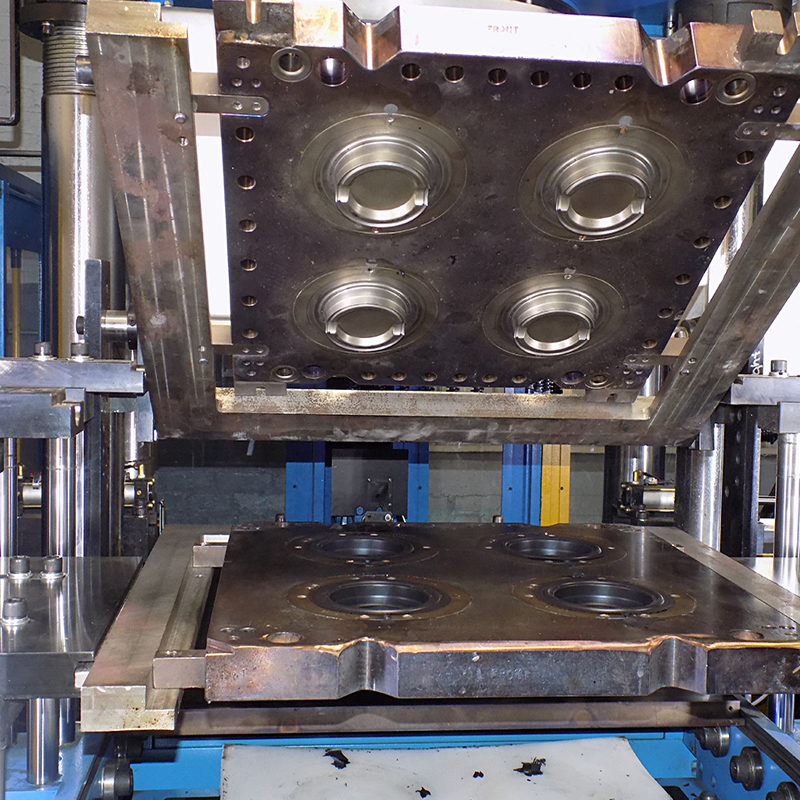
– Material Efficiency: By accurately measuring the material needed for each mold, transfer molding reduces excess waste. Scrap material generated from runners and sprues can often be recycled, promoting sustainability.
– Cost-Effective Tooling: While transfer molding necessitates more complex tooling than compression molding, it generally incurs lower costs compared to injection molding, making it an economically viable option for medium to high-volume production runs.
– Accessibility: The operational mechanics of transfer molding are relatively straightforward, making this technique accessible to a wide range of manufacturers without the need for highly advanced machinery.
Limitations of Transfer Molding
Despite its numerous advantages, transfer molding does come with certain limitations:
– Material Restrictions: This method is primarily compatible with thermoset materials, which can limit its application in projects requiring thermoplastic properties.
– Initial Setup Costs: While generally lower than those associated with injection molding, the tooling and setup expenses for transfer molding can still be significant, particularly for intricate designs.
– Scrap Material Production: Although efficient, the process may generate scrap material in the runners and sprues, complicating recycling efforts.
– Longer Cycle Times: Transfer molding may involve extended cycle times compared to injection molding due to additional steps such as preheating and material transfer.
– Environmental Considerations: The inability to remelt thermoset materials can pose challenges for waste disposal, necessitating careful management to minimize environmental impact.
Applications of Transfer Molding
Transfer molding is extensively utilized across multiple industries due to its capability to produce high-quality, durable components. Key applications include:
– Electronics: The manufacturing of semiconductor packages, electrical connectors, and microelectronic housings, which require precision and protection against environmental influences.
– Automotive: Production of sensor components, electrical insulators, and gaskets designed to withstand extreme conditions.
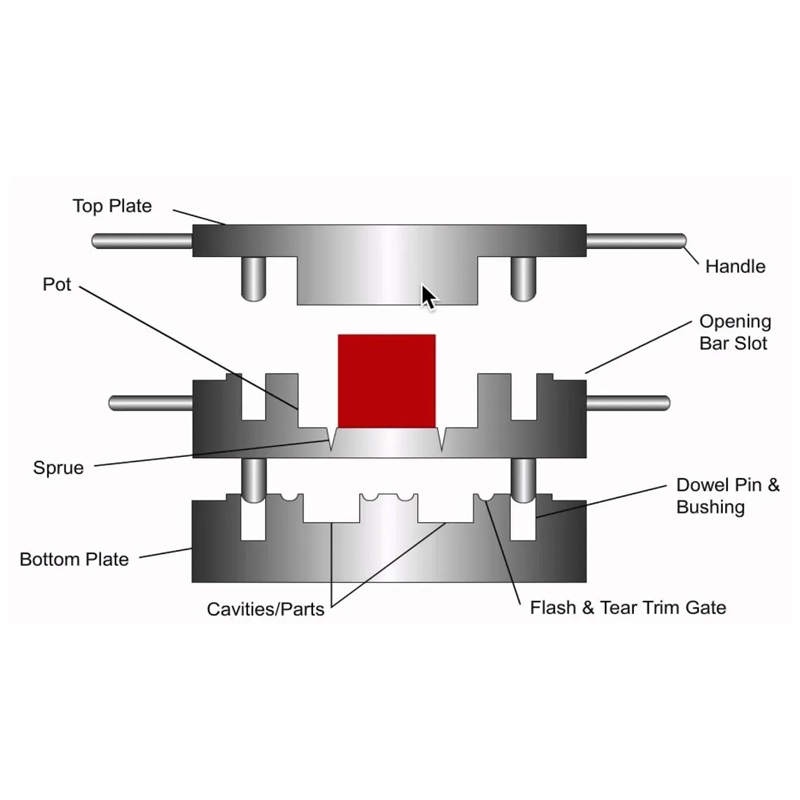
– Healthcare: Creation of surgical tools, implantable devices, and prosthetic components where accuracy and biocompatibility are paramount.
– Aerospace and Defense: Manufacturing components built for harsh environments, including gaskets, seals, and protective housings.
– Consumer Goods: Production of durable appliance components and parts for sporting goods that demand high strength and reliability.
– Industrial Applications: Crafting precision actuators, valves, and insulation components for machinery and equipment.
Silfusion’s Role in Transfer Molding
At Silfusion, we specialize in leveraging the transfer molding process to produce high-quality silicone components tailored to meet the diverse needs of our clients. Our expertise in this manufacturing technique allows us to deliver precision-engineered parts that adhere to stringent industry standards. We collaborate closely with our clients to understand their specific requirements, ensuring that each product not only meets but exceeds expectations.
Our advanced manufacturing capabilities, combined with our commitment to quality and innovation, position Silfusion as a leading partner in the field of transfer molding. By utilizing cutting-edge technologies and optimizing our processes, we are able to provide cost-effective solutions that enhance product performance while reducing lead times.
Conclusion
Transfer molding is a versatile and effective manufacturing technique adept at producing intricate components with exceptional quality and precision. As advancements in automation and materials science continue to evolve, transfer molding is likely to adapt to meet the increasing demands of various industries. By capitalizing on its unique capabilities, manufacturers can achieve efficient production while maintaining high-quality standards, solidifying transfer molding’s critical role in modern manufacturing. At Silfusion, we are proud to be at the forefront of this process, driving innovation and excellence in every project we undertake.

